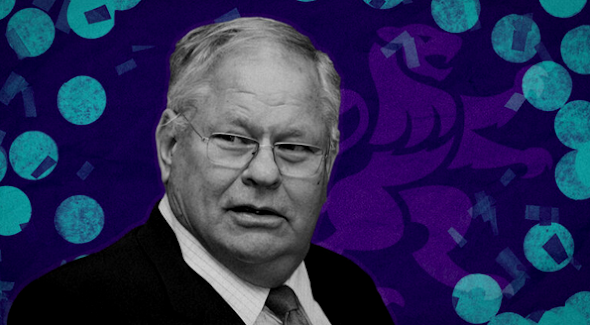How Three Titans Forged a R400 Billion Giant: FirstRand’s Untold Power Story
From mining to money: How RMB, FNB, and Momentum merged to create South Africa’s richest banking empire. Here’s the rise, split, and future of FirstRand.
If you bank with FNB, take a loan through WesBank, or hear of RMB’s deals on the news—you’re already inside FirstRand’s multibillion-rand empire.
But behind that sleek FNB app and the polished TV ads lies a decades-long, high-stakes corporate dance that birthed the most valuable bank in South Africa today—worth over R400 billion.
The backstory? It started with mining.
Yes, mining.
Before FirstRand even existed, Anglo American, the mining titan, owned multiple financial assets—including Momentum and FNB. On the other end, RMB (formerly Rand Consolidated Investments) was rising fast, steered by sharp minds like Laurie Dippenaar and tied to Johann Rupert’s investments.
Then in 1998, the game changed.
Anglo American wanted to refocus on its core business—so it merged its financial arms (FNB + Momentum) with RMB to create one lean, lethal machine: FirstRand. Dippenaar became the founding CEO.
It was a strategic masterstroke:
-
FNB covered day-to-day retail banking
-
RMB became the high-level investment engine
-
Momentum focused on insurance and financial planning
Add in WesBank (already inside FNB) and the later additions like DirectAxis (for loans) and MotoNovo (UK vehicle finance), and suddenly FirstRand wasn’t just big—it was everywhere.
And it kept expanding.
They went global:
-
MotoNovo exploded from South Wales across the UK
-
Aldermore, a UK specialist lender, joined the group for £1.1 billion in 2018
-
Asset management? Ashburton Investments, acquired and localised, now handles R140 billion in assets
But not all growth comes without sacrifice.
In 2010, FirstRand spun off Momentum in a surprising move—merging it with Metropolitan to form what we now know as Momentum Metropolitan Holdings. This freed FirstRand from regulatory baggage and opened new doors in investment.
Today, FirstRand leads South African banking on the JSE:
-
R407 billion market cap (ahead of Capitec’s R392B and Standard Bank’s R371B)
-
Strong returns with a 19–22% ROE
-
Deep African presence: Lesotho, Ghana, Mozambique, Botswana
-
International firepower in the UK—but with some clouds looming
Here’s where it gets spicy.
A legal bombshell is brewing in the UK: motor finance commission mis-selling. The UK Supreme Court is expected to rule whether FirstRand and others allowed car dealers to assign loans to customers without their knowledge. If found guilty, billions in refunds could shake up operations.
CEO Mary Vilakazi was blunt:
“If sanity prevails, we’ll work through it. If not, we may need to rethink whether lending in the UK still makes sense.”
It’s a high-stakes gamble that could define FirstRand’s global future.
But back home, FirstRand still wears the crown. From its humble mining-meets-finance beginnings to now steering digital banking innovation, it’s more than a bank—it’s a behemoth born from bold mergers, big exits, and brave global bets.
Comment Section / Poll:
Do you trust South Africa’s banking giants like FirstRand to protect your money and grow your wealth?
-
Yes, they’re world-class
-
No, they’re too profit-driven
-
I only trust smaller or private banks
-
I don’t trust any banks anymore
(Leave a comment or vote to have your say.)
Read also: Old Mutual vs Capitec: Who's Really Winning SA’s Financial Loyalty War?
Read also: BREAKING: Petrol Bomb Attack on Cape Town Bus Injures 8
Read also: Malusi Gigaba Bags PhD – From Scandal to Scholar
The next time you swipe, tap, or take out a loan—remember the empire behind the button.
Tags:
FirstRand bank history, FirstRand merger RMB FNB Momentum, South Africa biggest bank 2025, FNB bank ownership, Laurie Dippenaar, Ashburton Investments, Aldermore UK, Momentum Metropolitan merger, FirstRand UK court case, FirstRand vs Capitec 2025
Sources:



Comments